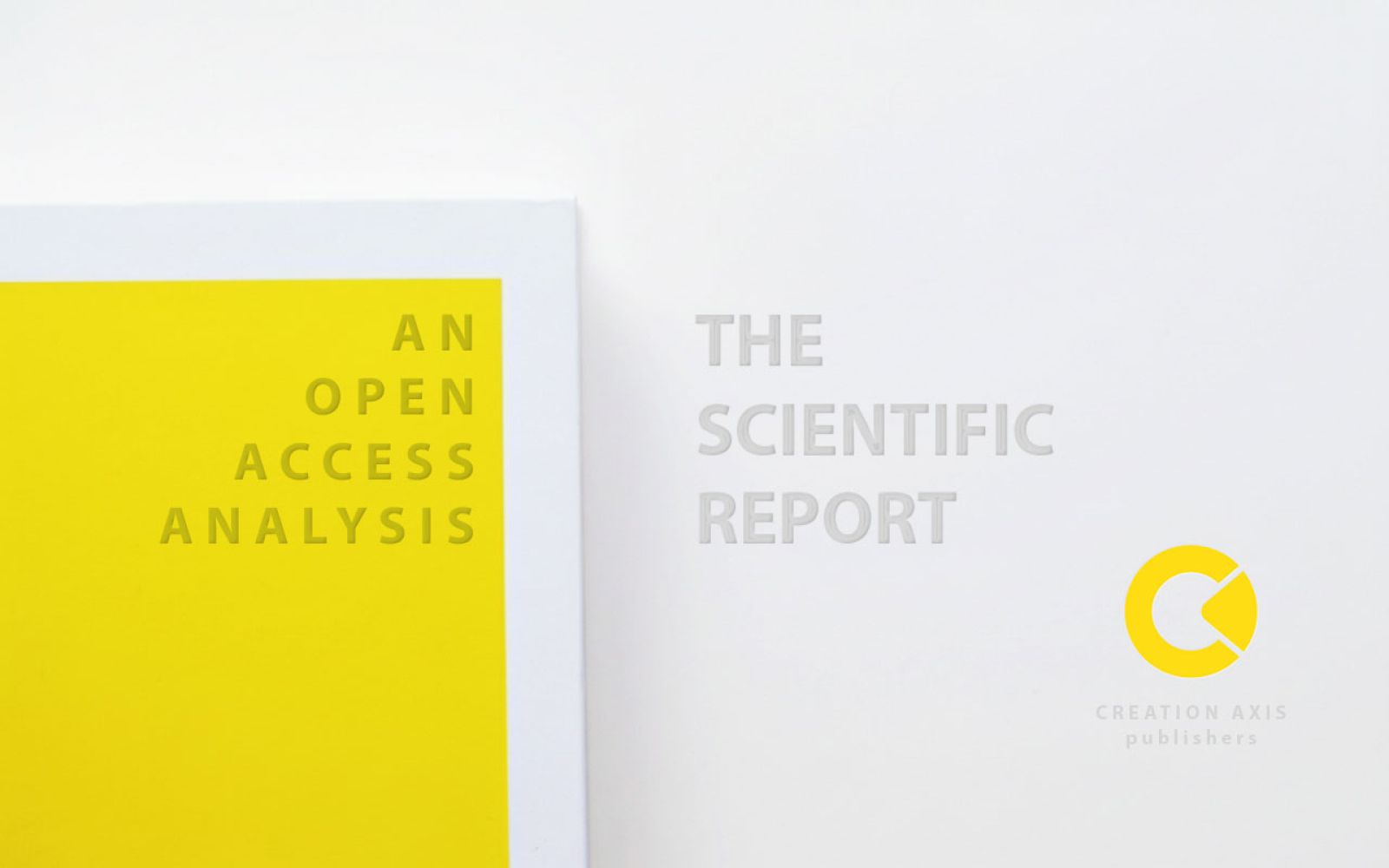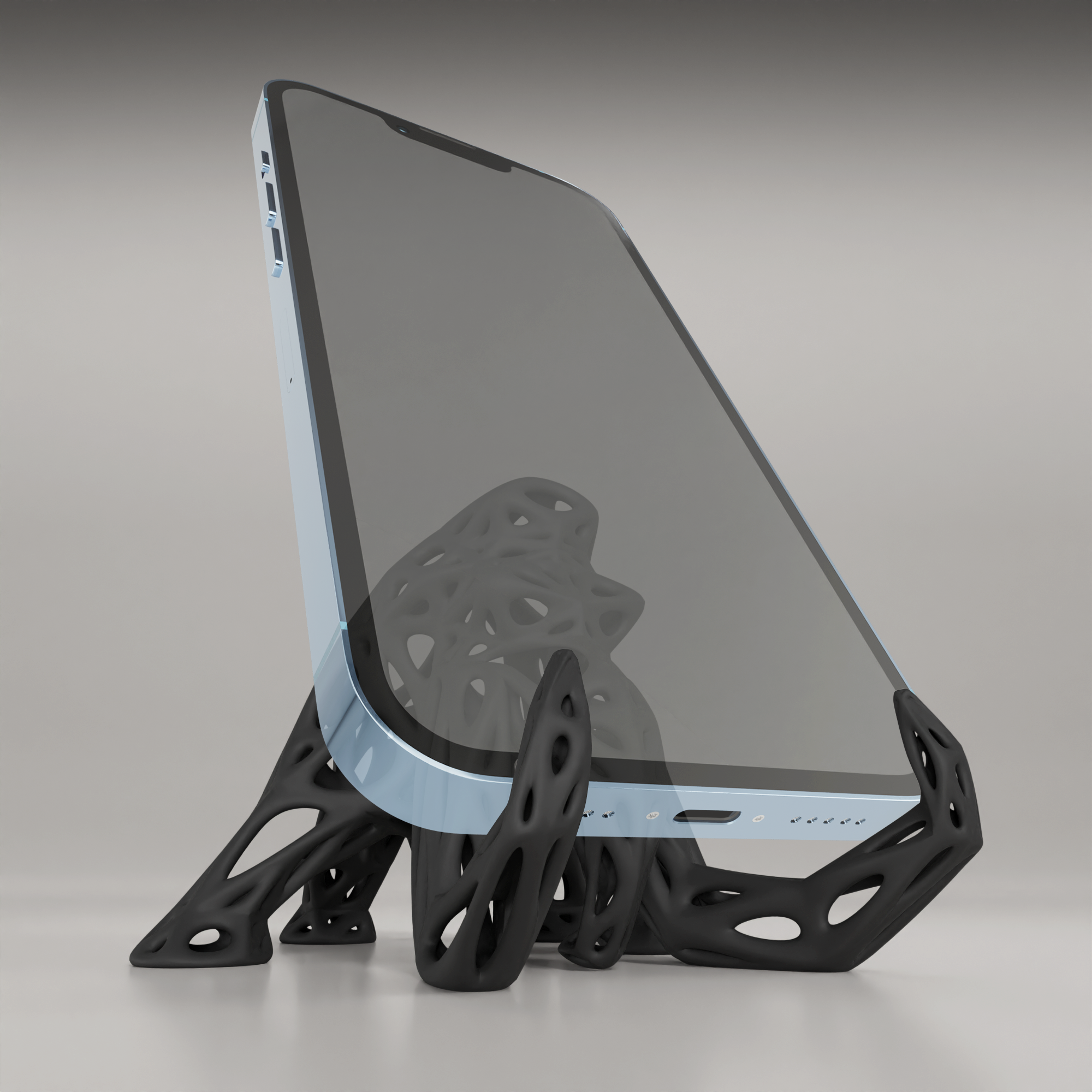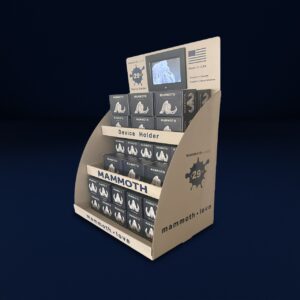
The constant stream of information, demands, and deadlines can feel like a relentless storm, leaving us feeling adrift and disconnected.
Many of us search for an escape—a vacation, a distraction, a moment of silence—believing that calm is a place we must find outside of ourselves. But what if I told you that true, resilient calm isn’t found in the absence of the storm? What if it’s a skill you can build, an anchor you can deploy right in the middle of it?
When stress hits, our brain’s ancient alarm system—the amygdala—takes over. It triggers the “fight-or-flight” response, flooding our body with adrenaline and cortisol. Our heart races, our breathing becomes shallow, and our rational thinking brain (the prefrontal cortex) goes offline. We are in survival mode, even if the “threat” is just an overflowing inbox or a difficult conversation.
How to fight it?
To find your calm, you don’t need to eliminate the trigger. You simply need to learn how to soothe the alarm and bring your rational brain back online. I have distilled this process into a simple, three-step technique you can use anywhere, anytime, to re-establish your internal equilibrium. I call it the A.B.V. Technique: Acknowledge, Breathe, Voice.
Your 3-Step Healing Starter Pack
Step 1: Acknowledge – The Anchor
Before you can change how you feel, you must notice it. When you feel that wave of stress, anxiety, or anger begin to rise, pause. Instead of fighting it or being swept away by it, simply name it.
- The Practice: Silently say to yourself, “This is anxiety,” or “My chest feels tight,” or “I am feeling overwhelmed.” Don’t judge the feeling or yourself for having it. Just observe it.
- The Neuroscience: By naming the emotion, you are engaging your prefrontal cortex. This simple act of labeling shifts activity from the reactive, emotional part of your brain to the more conscious, observational part. It’s like turning a flashlight on in a dark room; you can see what’s there, and it immediately becomes less frightening. This is your anchor in the storm.
Step 2: Breathe – The Balancer
Your breath is the most powerful and accessible tool you have for regulating your nervous system. Shallow, rapid breathing tells your brain there is danger. Deep, slow breathing sends a powerful signal of safety.
- The Practice: Take a slow, deliberate breath in through your nose for a count of four. Hold it gently for a count of four. Exhale slowly through your mouth for a count of four. Pause for a count of four. Repeat this “box breathing” cycle 3-5 times. Focus completely on the sensation of the air entering and leaving your body.
- The Neuroscience: This rhythmic, controlled breathing directly activates the parasympathetic nervous system—your body’s “rest and digest” system. It acts as a direct brake on the “fight-or-flight” response, lowering your heart rate, reducing blood pressure, and telling your brain’s alarm system that the threat has passed. This is how you restore your physiological balance.
” Calm isn’t about escaping stress, but discovering within you the mental and emotional tools to navigate it. It is a conscious practice of slowing down, listening to your body, and reconnecting with yourself, your balance, your voice, and ultimately your own style.”
Step 3: Voice – The Navigator
Now that you have anchored yourself and balanced your system, you can move from a state of reaction to one of conscious choice. This final step is about reconnecting with your own agency—your voice.
- The Practice: Ask yourself a simple, forward-looking question. Not “Why is this happening to me?” but rather, “What is one small thing I can control right now?” or “What do I truly need in this moment?” The answer might be to get a glass of water, to stretch for 30 seconds, to write down one task on a piece of paper, or to decide to address the issue later.
- The Neuroscience: This step fully brings your prefrontal cortex—the center of problem-solving, planning, and self-awareness—back in charge. By asking what you can do, you reclaim your sense of control and shift your perspective from being a victim of the situation to being the navigator of your response. This is where you reconnect with your power and your unique style of handling life’s challenges.
Finding your calm is not a one-time event; it is a moment-to-moment practice. The A.B.V. Technique is a tool, and like any tool, it becomes more effective with use. Use it when you’re stuck in traffic. Use it before a difficult meeting. Use it when you feel the pressure start to build.
Each time you Acknowledge, Breathe, and give yourself a Voice, you are rewiring your brain. You are building a new neural pathway—a pathway to your own unshakable center, where calm is not a distant shore, but the very ground beneath your feet.

Abrams, Z. (2019, May). The toll of isolation. American Psychological Association. https://www.apa.org/monitor/2019/05/ce-corner-isolation
American Psychiatric Association. (2024, May). Exploring digital therapeutics. https://www.psychiatry.org/news-room/apa-blogs/exploring-digital-therapeutics
American Psychological Association. (n.d.). Work, stress, and health & socioeconomic status. https://www.apa.org/pi/ses/resources/publications/work-stress-health
American Psychological Association. (2024, January 10). Mental health digital therapeutics are expanding access to care. https://www.apa.org/news/apa/2024/mental-health-digital-therapeutics
American Psychological Association Services. (2025). New policies affecting access to mental health care. https://updates.apaservices.org/new-policies-affecting-access-to-mental-health-care
Apollo 2028. (2024, May 24). Studying the economic impact of stress at work. https://www.apollo-2028.eu/news-articles/studying-economic-impact-of-stress-at-work
Brazier, Y., & Tello, M. (2023, December 12). Acute vs. chronic stress: What’s the difference? Healthline. https://www.healthline.com/health/stress/acute-vs-chronic-stress
Center for Health, Work & Environment. (n.d.). The cost of doing nothing: The financial burden of job stress. University of Massachusetts Lowell. https://www.uml.edu/research/cph-new/worker/stress-at-work/financial-costs.aspx
Centers for Disease Control and Prevention. (2024, April 1). Social isolation and loneliness are a risk to your health. https://www.cdc.gov/social-connectedness/risk-factors/index.html
Centers for Disease Control and Prevention. (2025, June 9). What CDC is doing. https://www.cdc.gov/mental-health/about/what-cdc-is-doing.html
Cleveland Clinic. (2021, December 28). Stress: Causes, symptoms, management & prevention. https://my.clevelandclinic.org/health/diseases/11874-stress
Cooleaf. (2024, February 20). 10 employee wellness programs from winning companies. https://www.cooleaf.com/blog/employee-wellness-programs-from-winning-companies
Desbordes, G., et al. (2017). Mindfulness-based interventions for anxiety and depression. FOCUS, 15(4), 379-387. https://pmc.ncbi.nlm.nih.gov/articles/PMC5679245/

Enthusiast decoder on the “why” behind human behavior. I don’t just study the mind, but build compelling worlds for it to explore.
.
Newsletter
The Source Report
-
Audio Overview:
06:08 minutes
-
Reading Length:
13:23 minutes
-
Publisher:Creation Axis
-
Release:Summer 2025













